A few secrets from the country with a thousand faces
Its size alone makes China a truly remarkable place. Thanks in part to its vast scale, the country is home to many curiosities and cultural quirks. Enjoy our top 10 strange but true facts about China!
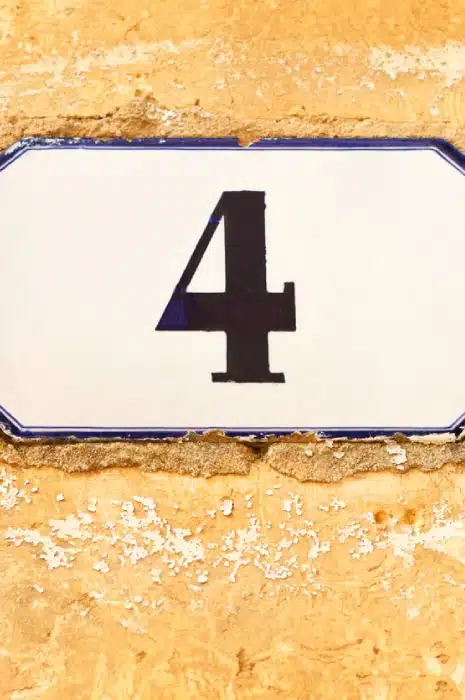
1. Chinese culture: 1, 2, 3… 5 !
In China, tetraphobia is a real issue, with vast swathes of the population expressing a genuine fear of the number 4. This mistrust stems from the fact that the Chinese word for “four” is pronounced similarly to the word for “death”. The result is a culture of superstition. People tend to avoid 4 and all of its variants (14, 24, etc.) when choosing dates for events or signing contracts, as well as home and telephone numbers. In some buildings, the fourth floor simply does not exist, skipping straight from the third to the fifth floor.

2. Harbin: a city of ice
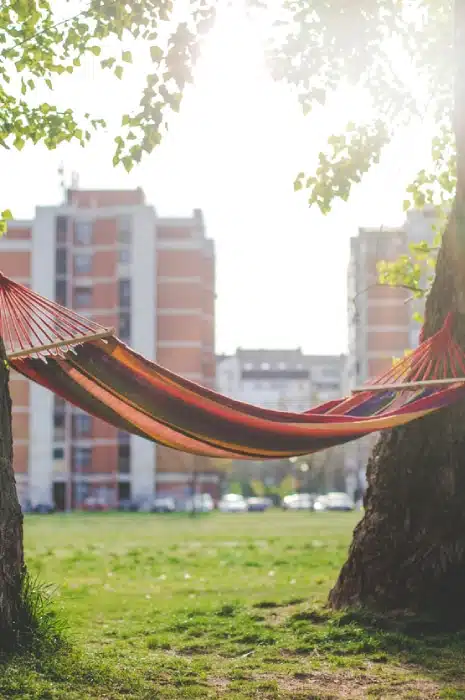
3. Napping is a national institution
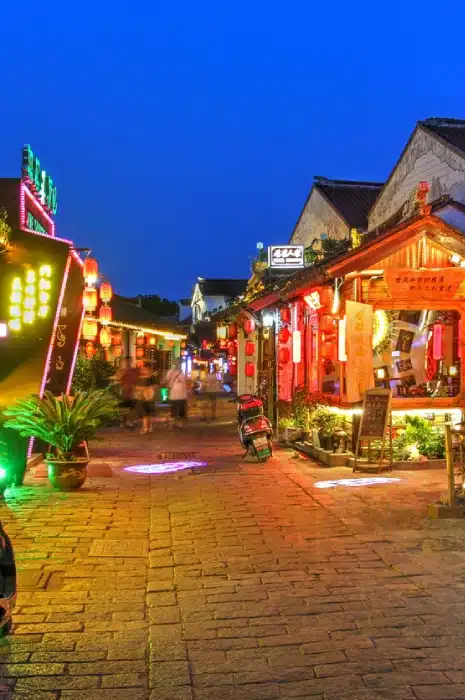
4. Come on, sing along!
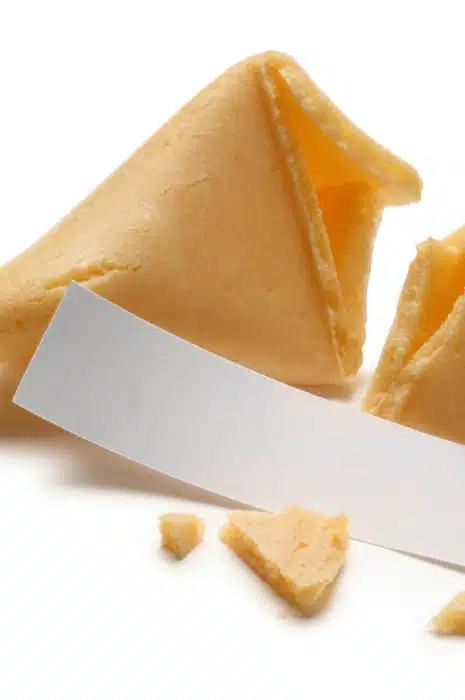
5. Chinese fortune cookies: not so Chinese after all

6. Winnie the Pooh outlawed in China
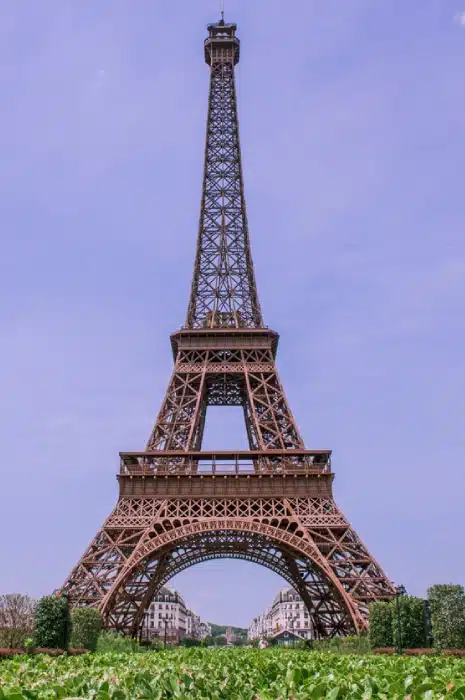
7. Paris, on the outskirts of Shanghai
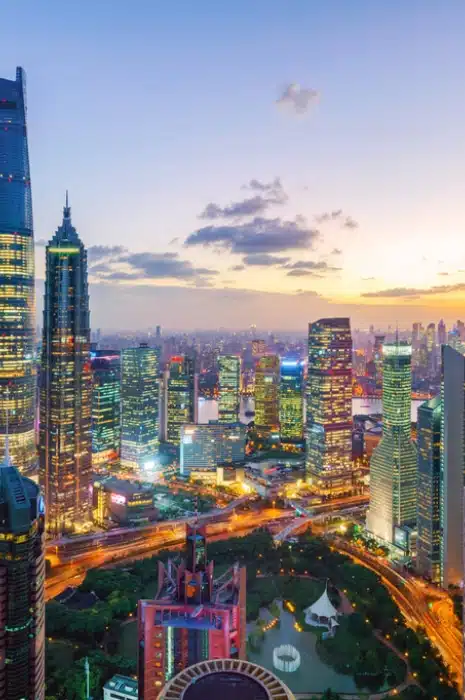
8. China only has one time zone
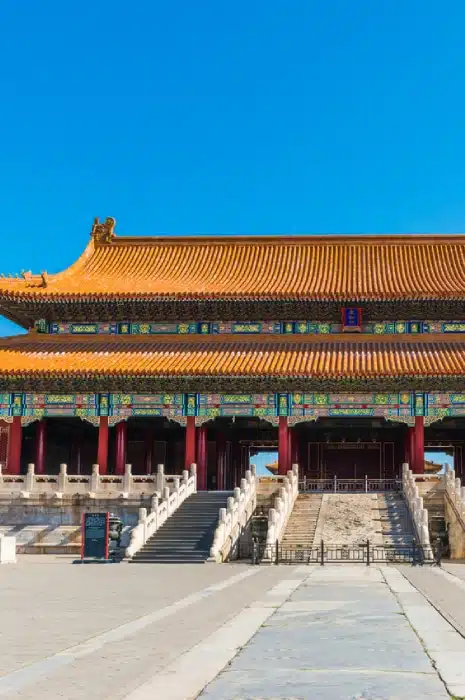
9. Beijing's vast Forbidden City

10. Sorbet: a Chinese invention
Photos credit : © iStock / © Unsplash
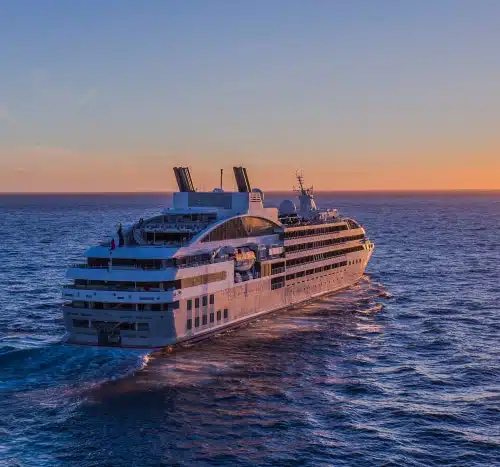
Explore the wonders of the Far East
PONANT takes you to Asia, to discover its fabulous landscapes
To discover
-
Women in the polar regions
-
Never-ending skyscrapers, luxury shopping centres and skiing resorts in the middle of the desert... The…
-
As Dr. Cassandra Brooks looks forward to her January PONANT Antarctic expedition, she took time…



